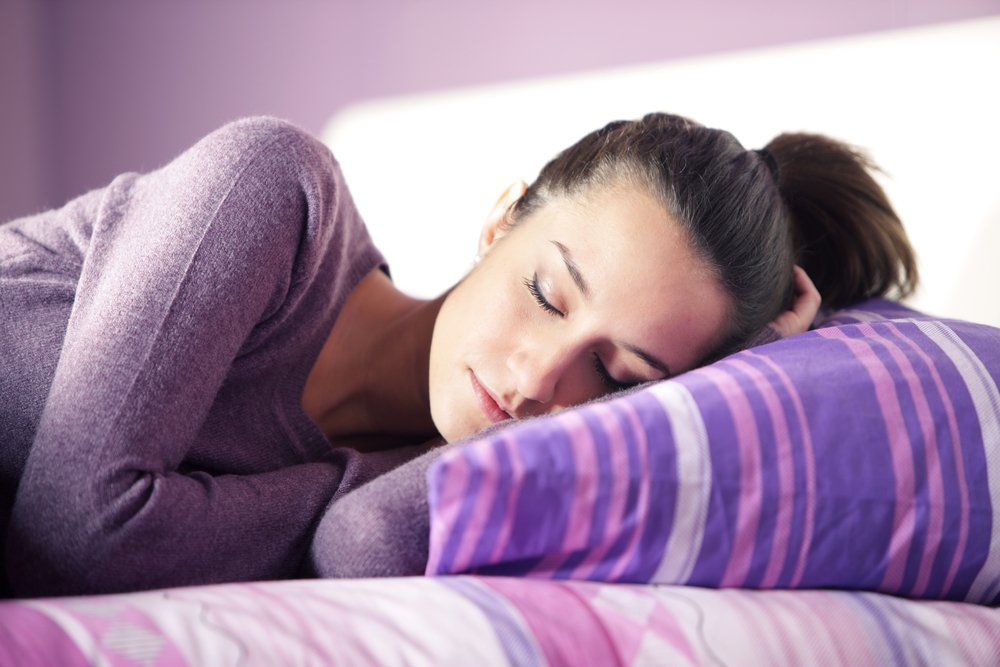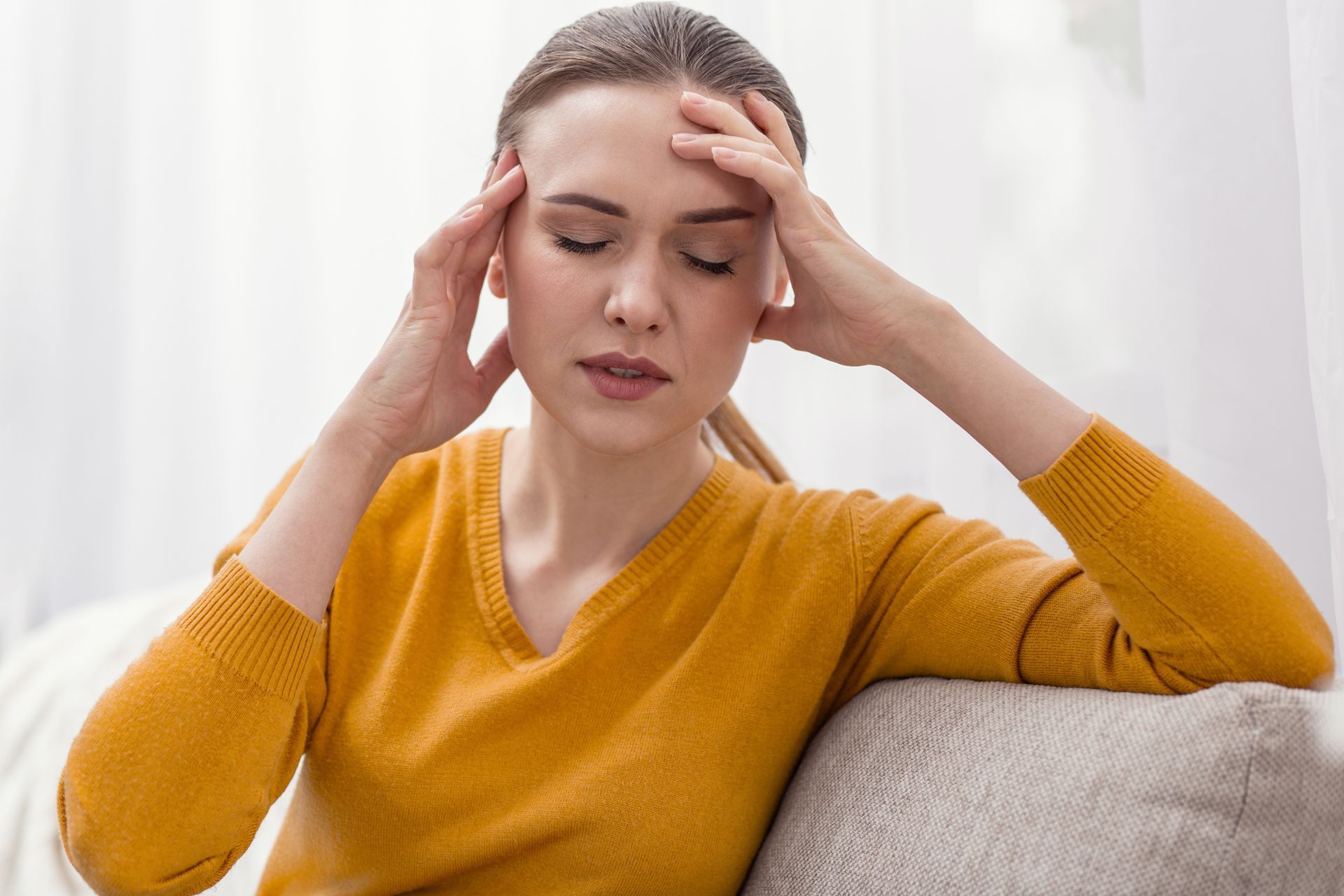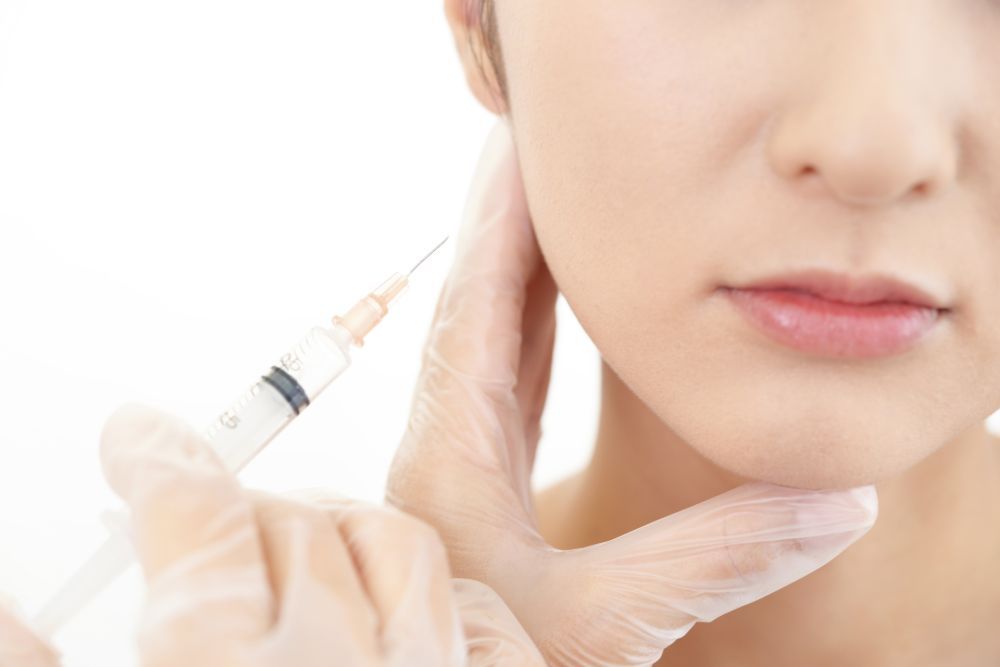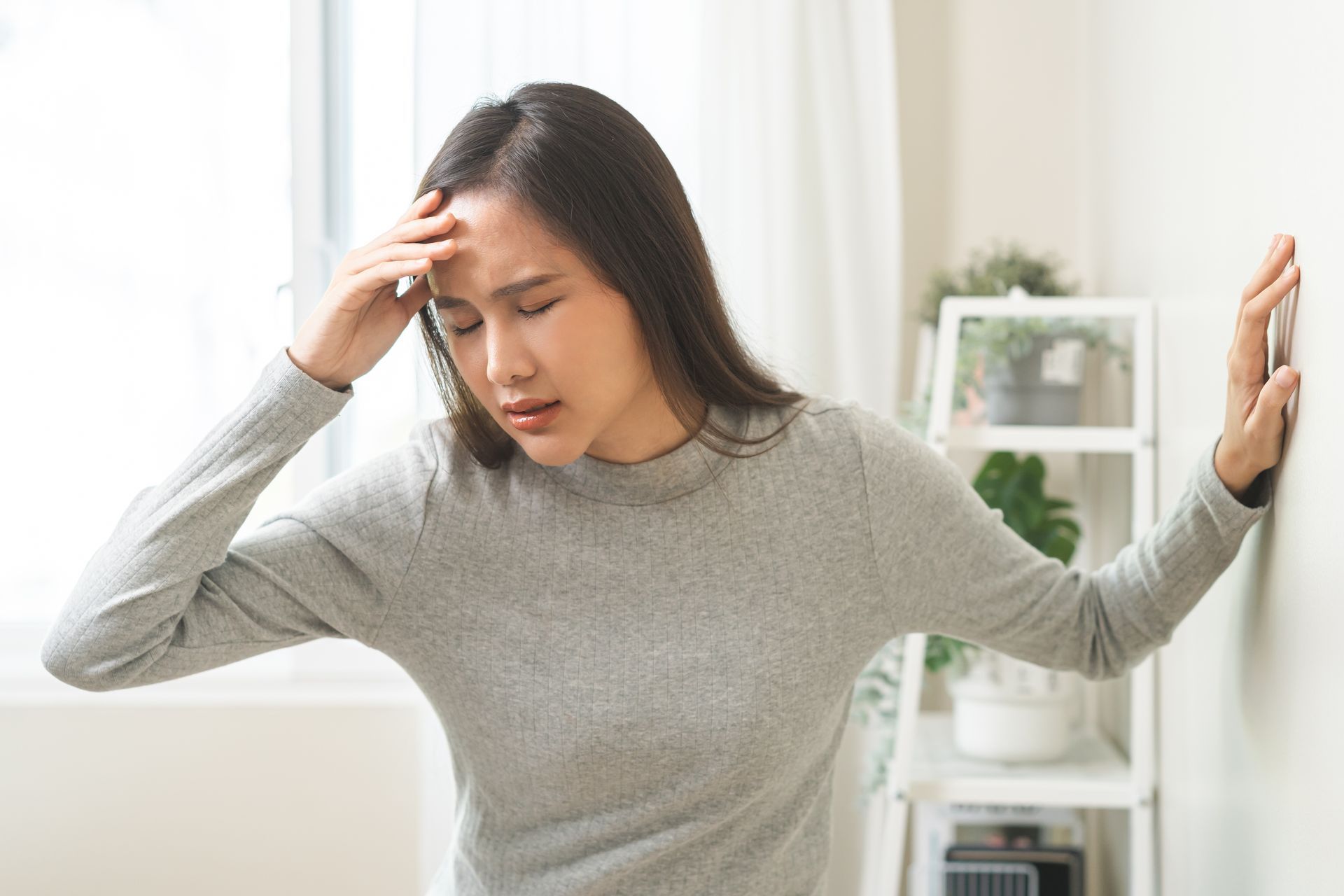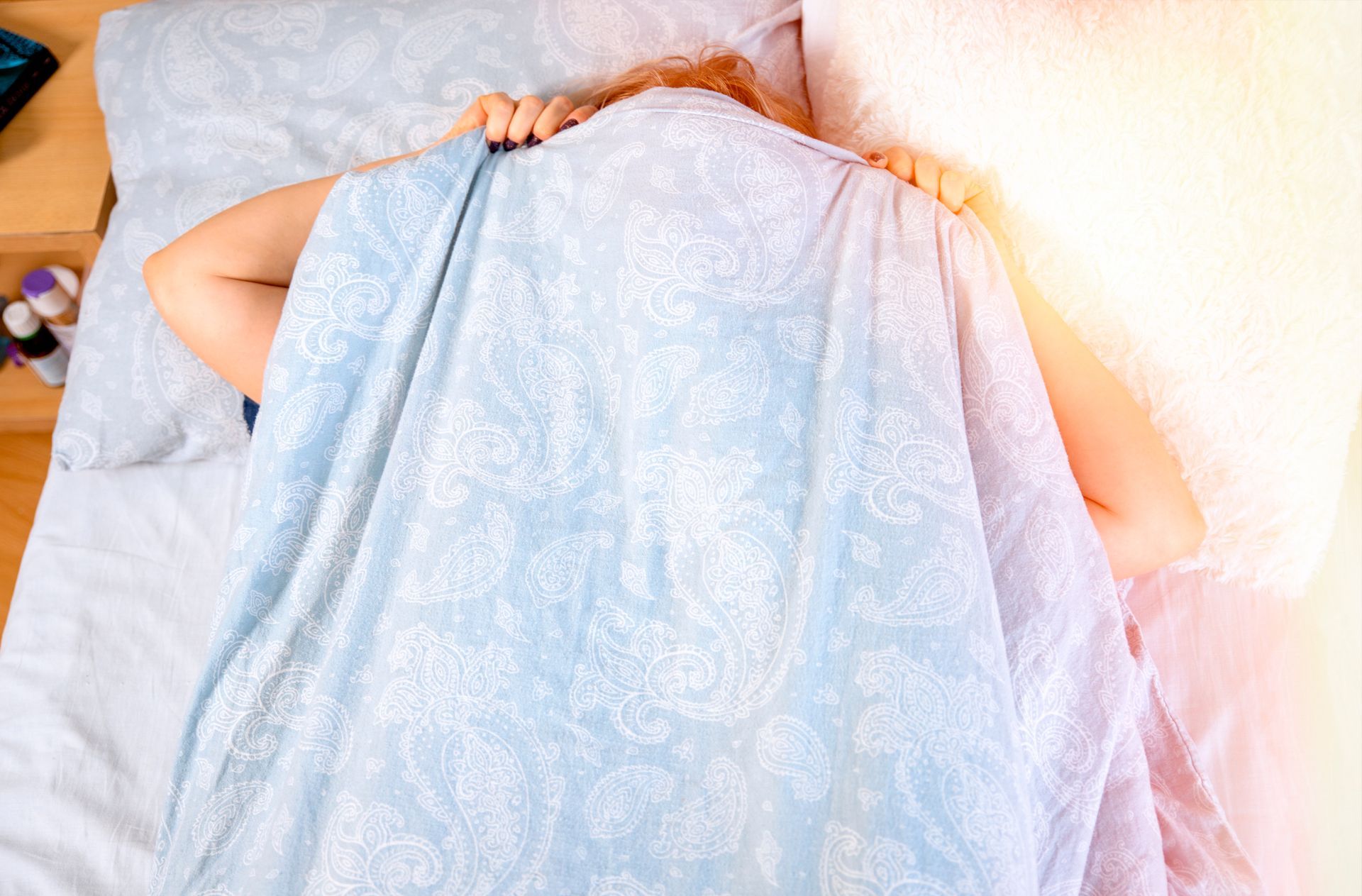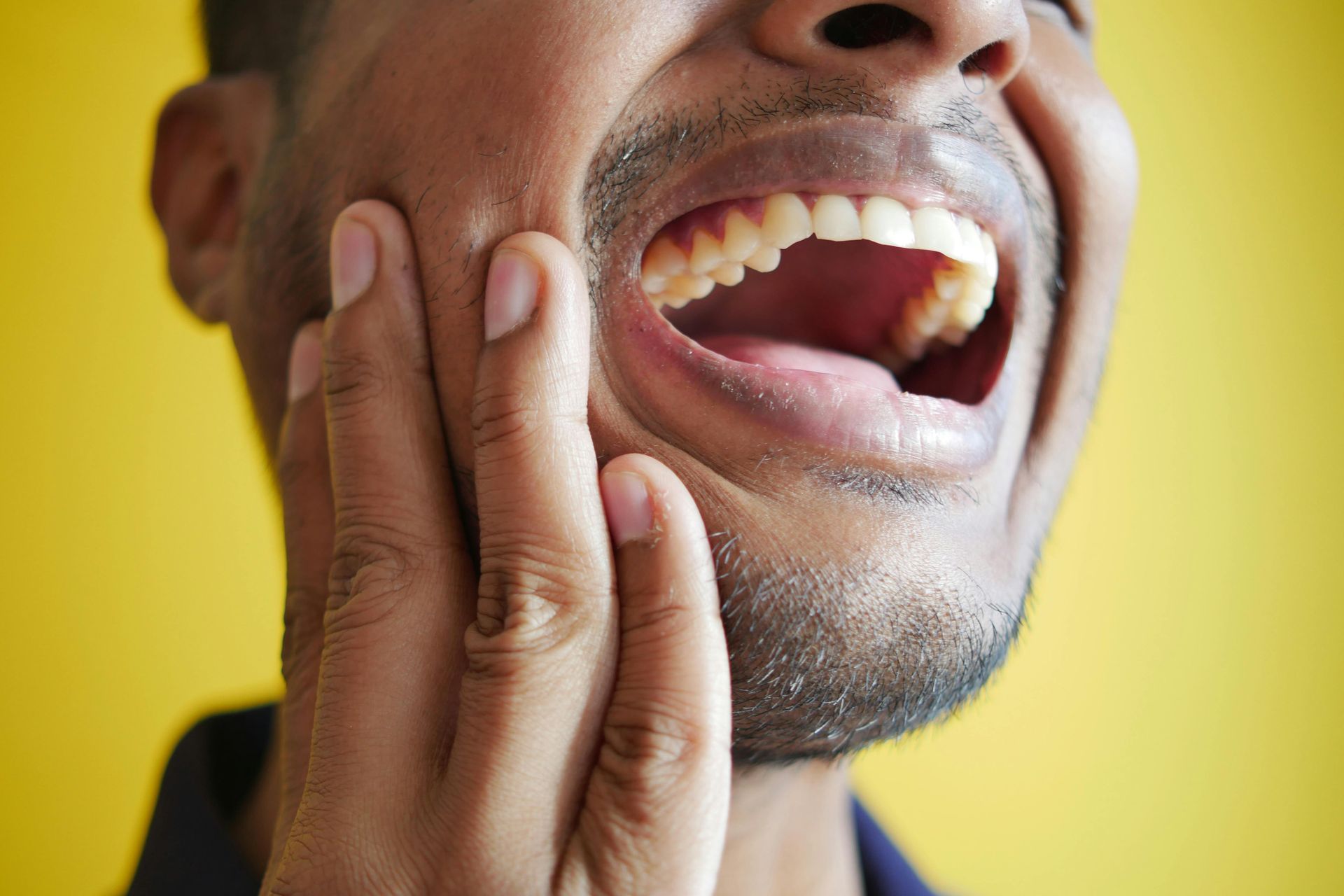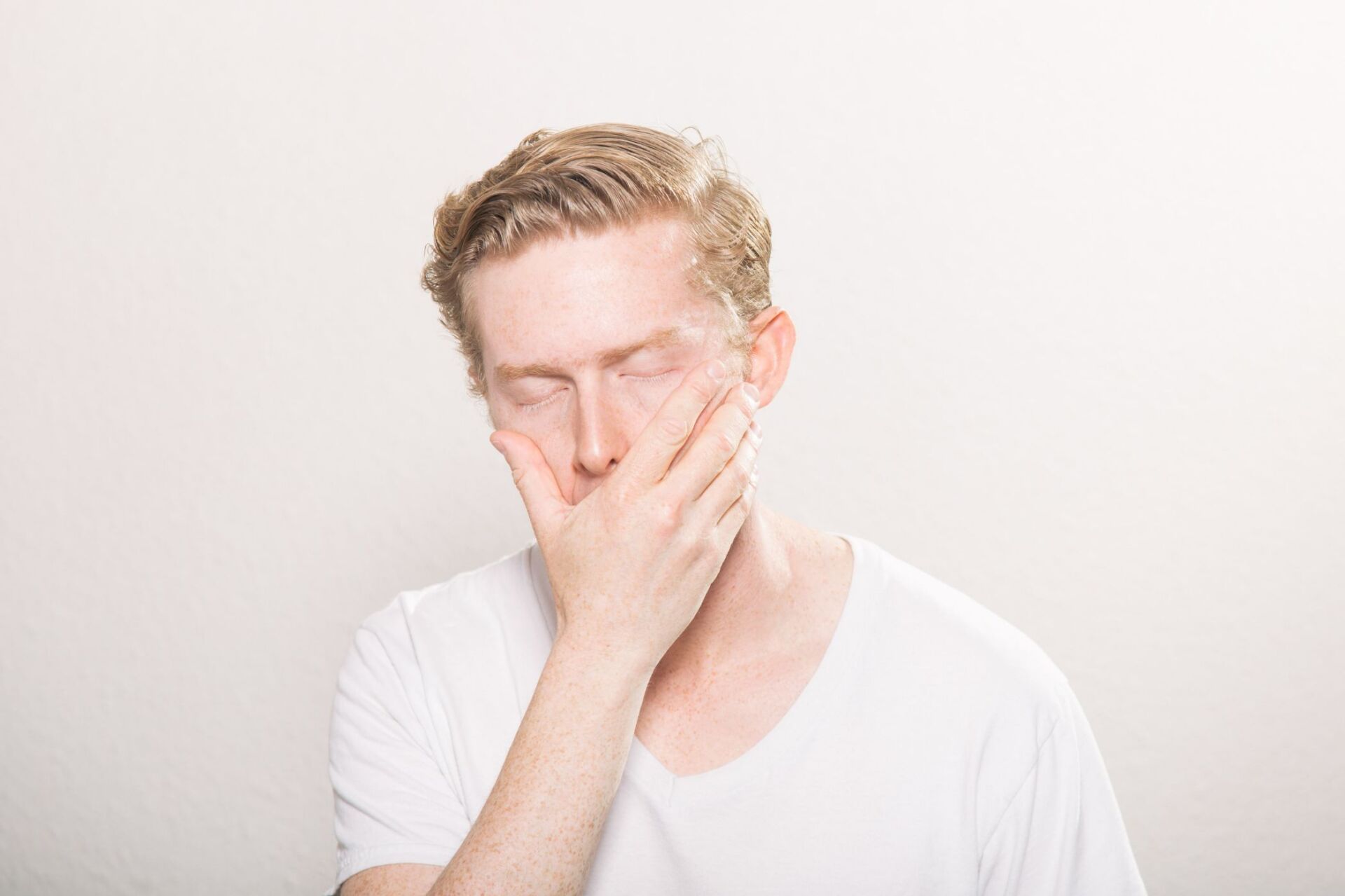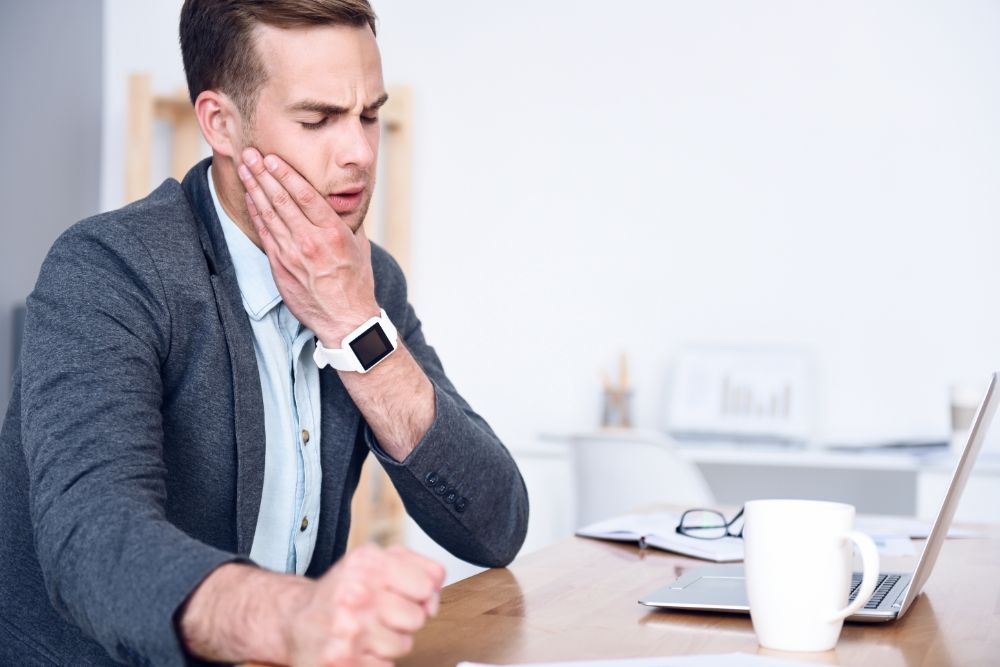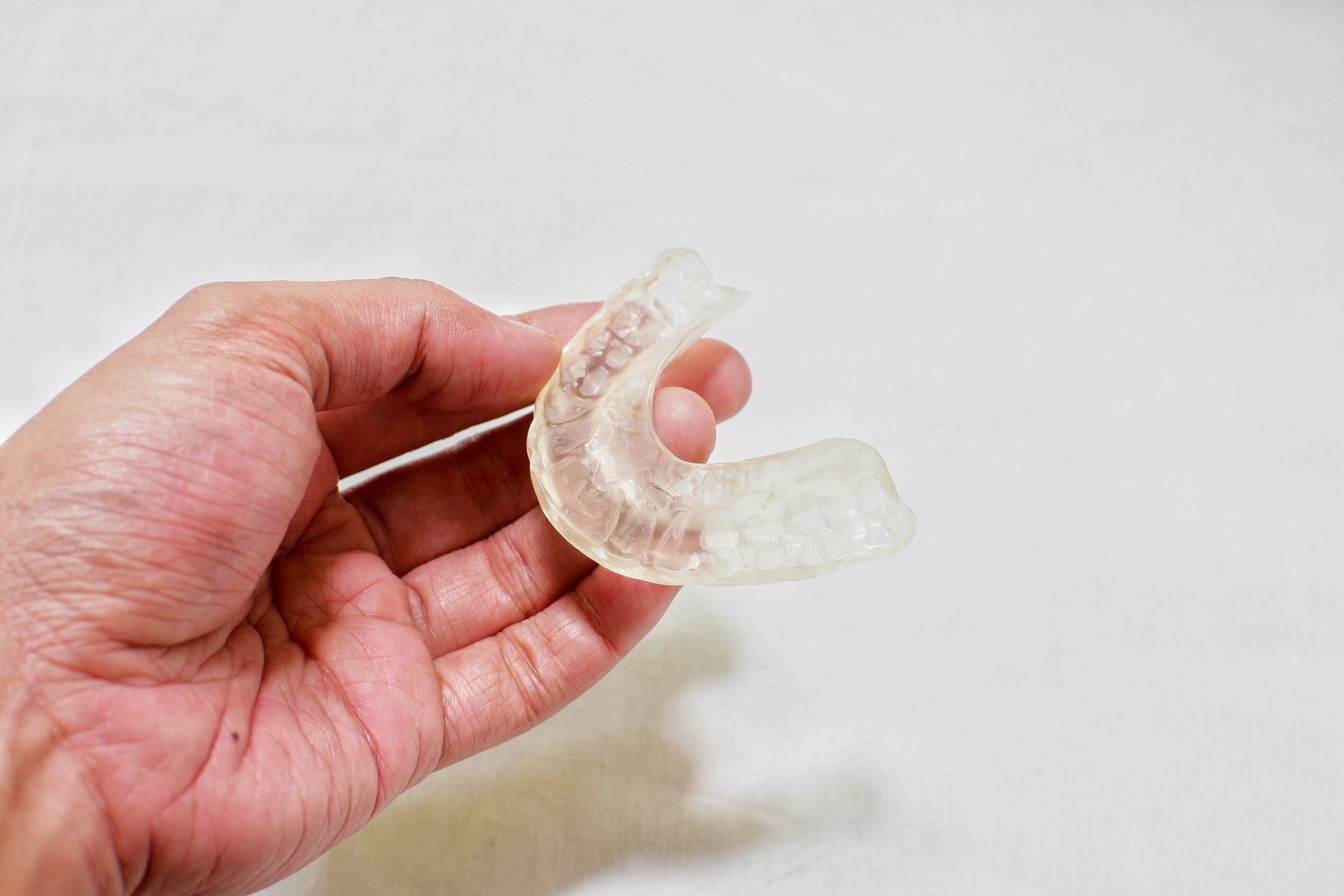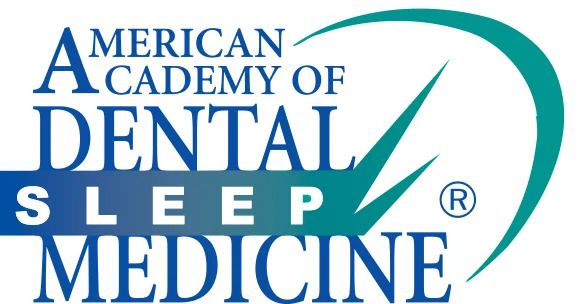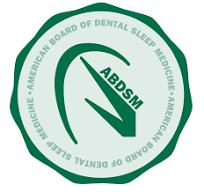What Is The Best Sleep Position for Sleep Apnea?
If you are tempted to shrug off excessive daytime sleepiness and headaches as being normal, it’s time to reconsider. These symptoms and others may signal a serious, often life-threatening condition called obstructive sleep apnea. This most common form of sleep apnea occurs when your throat muscles intermittently relax and block your airway during sleep, causing breathing to stop.
As a result, your brain panics and rouses your body to restart breathing. Each awakening is usually so brief most people are unaware when it happens. Yet shockingly, this can repeat itself five to 30 times or more each hour throughout the night , leaving you feeling tired and worn out all day long.
Wonder if you may be at risk for developing obstructive sleep apnea? Check out these common risk factors.
Common Risk Factors
- Being overweight or obese puts you at a greater risk for developing sleep apnea.
- A large neck size —around 17 inches or more for men and 16 inches or more for women—means there is more soft tissue that can block the airway during sleep.
- Research suggests that up to 40 or 50 percent of patients with high blood pressure (hypertension) have sleep apnea. Sleep apnea can also increase the risk of high blood pressure, making the two a dangerous pair.
- Sleep apnea can strike anyone at any age, even children, but it is more common in people over age 40.
- Sleep apnea is more common in men. Women can suffer from it as well, especially if they are in menopause or post-menopause and/or obese.
As if this isn’t enough, obstructive sleep apnea can be exacerbated by smoking or vaping. Alcohol consumption, which increases muscle relaxation, can have a negative impact on airway collapse as well. Genetic factors like having a recessed chin or small jaw also contribute to a shallow airway. Even your sleeping position can aggravate the condition.
What’s the Best Sleeping Position for Sleep Apnea?
One of the first steps in treating obstructive sleep apnea is positional therapy, because whether you sleep on your back, stomach, or side matters. Here’s an overview of each.
Back
Back sleeping is the worst position for obstructive sleep apnea.
Simply put, it has to do with gravitational force which affects where and how weight falls on the airway. Back sleeping can cause the jaw, tongue, and soft palate to drop back toward the throat, thus narrowing the airway. Of course, being overweight makes this especially problematic as there is more soft tissue to close off the airway.Stomach
While sleeping on your stomach is not the worst position for snoring and sleep apnea, it certainly isn’t the most ideal, either.
In fact, stomach-sleeping is not good for you in general. Unless you have figured out how to breathe through your pillow, you need to turn your head sideways when you sleep on your stomach. This position puts your head and spine out of alignment, twisting your neck. You might not notice the damage after one or two stomach-sleeping episodes, but over time neck problems can develop.
Moreover, the stress on your spine may increase stress on other body structures, causing pain and making you more likely to wake up throughout the night or to stay awake longer. All of this adds up to less restful sleep, which can have a negative impact on your health and quality of life.
Side
By now you have probably surmised that side-sleeping is usually the best position for reducing sleep apnea symptoms, and you are right!
According to research by the National Institutes of Health , obstructive sleep apnea sufferers generally sleep better on their side. Here’s why. Unlike sleeping on your back or stomach, side-sleeping helps to open up space for you to breathe and thus is much less likely to obstruct your airway. A bit of controversy surrounds whether the left or right side is best, so always ask your physician and sleep apnea treatment provider what they recommend based on your health conditions and diagnosis.
Why Your Pillow Matters
It’s also important to note that the pillow you use makes a difference, and that specialized pillows are a great complement to other obstructive sleep apnea treatments.
Since most sleep apnea experts recommend side-sleeping, sleep apnea pillows have been developed that help sufferers do just this. These pillows are designed to support the spine and align your neck, back, and head in the proper position to relieve sleep apnea symptoms. Typically, cervical pillows are recommended for side sleepers and wedge pillows for those who must sleep on their back. They are often made from foam or memory foam.
Some sleep apnea pillows are created to be used with a CPAP machine, which involves a mask that fits over a person’s nose and mouth and supplies the necessary air pressure to keep the airway open while sleeping. A special pillow design makes wearing the mask more comfortable and easier to keep in place as you slumber.
Get Help
If you know or suspect you have obstructive sleep apnea, find out how Dr. Katherine S. Phillips can help you find relief. As a board-certified sleep dentist who holds a Master of Science in Orofacial Pan, her practice is dedicated to treating sleep disorders, including obstructive sleep apnea, as well as TMD. She will develop a customized treatment plan to best meet your individual needs.
-2700x842-1920w.png)




